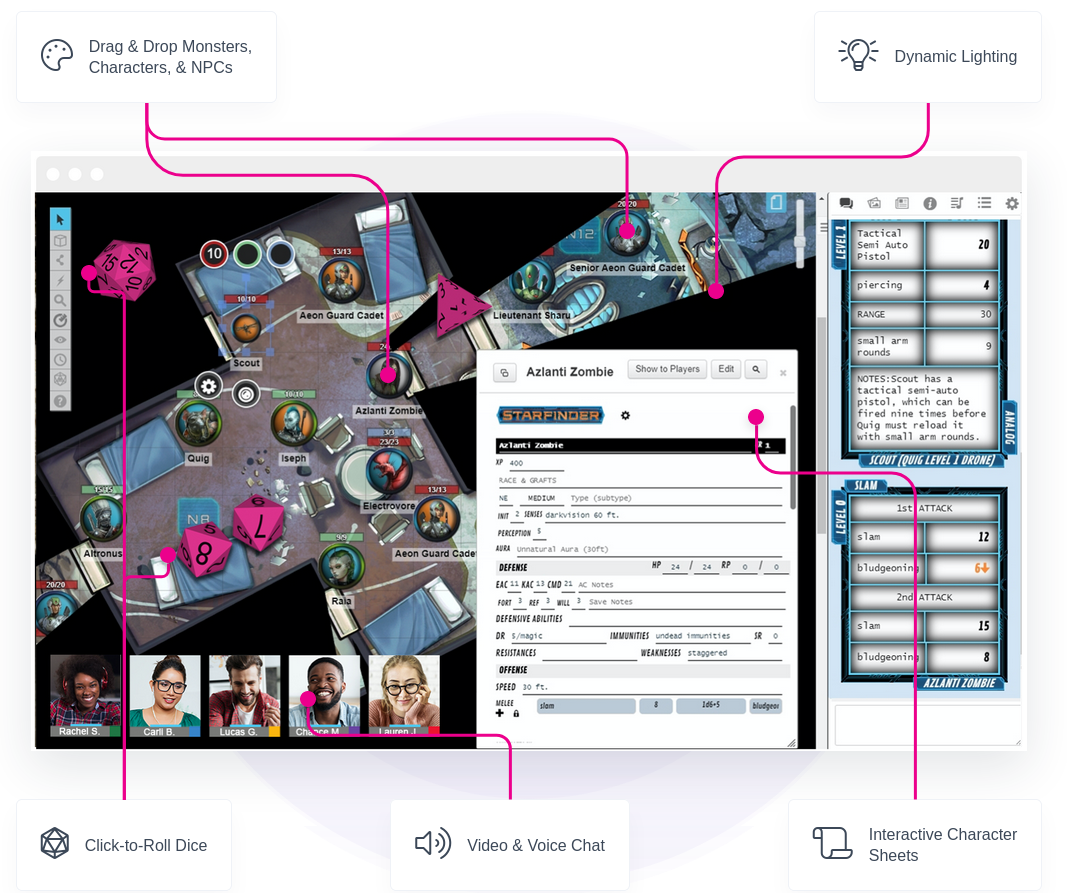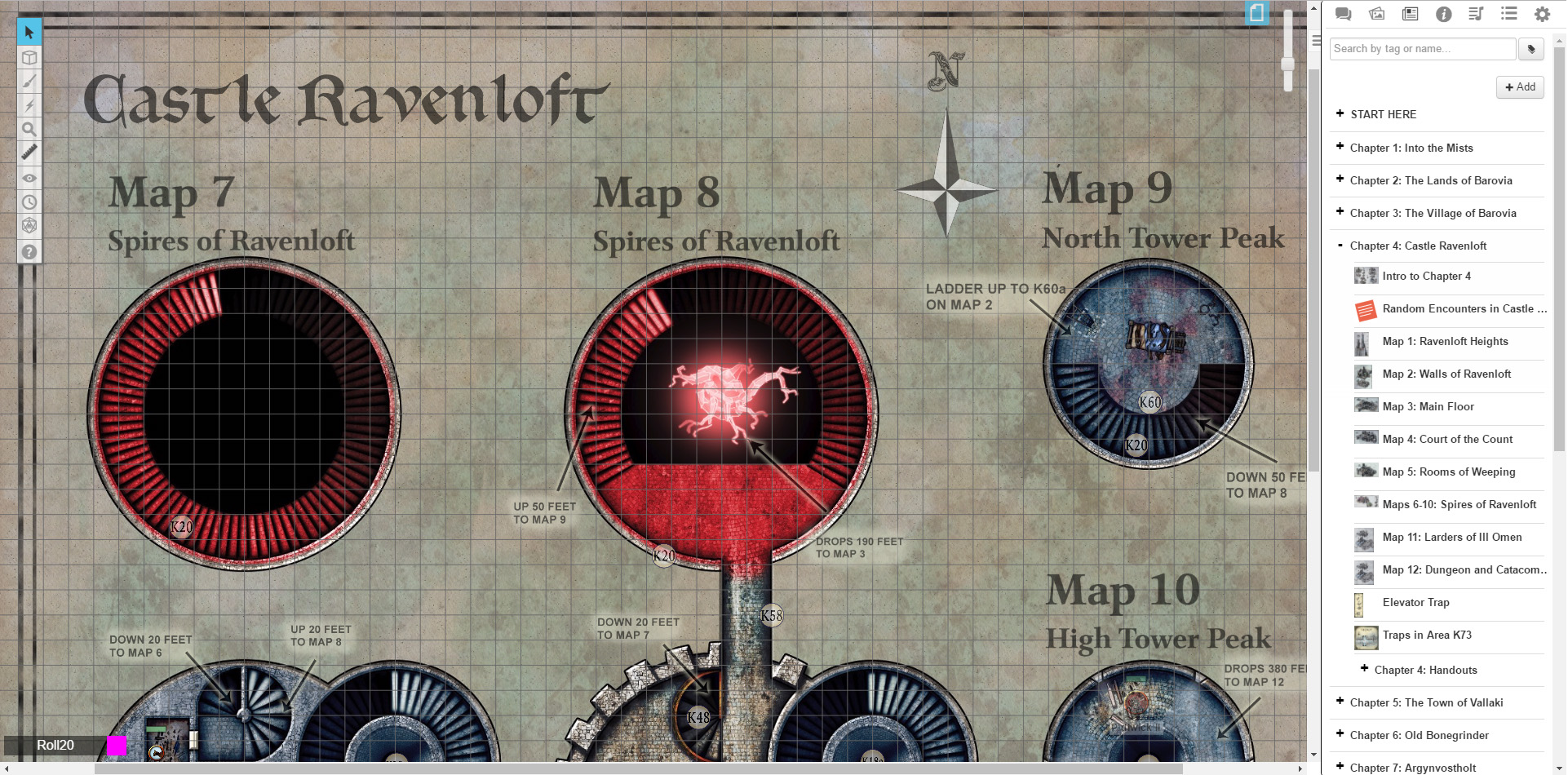

We actually auto-scale those now.The Select and Pan Tool switches between a (default) select mode for manipulating objects and an alternate pan mode for quickly scrolling around the table. Shared Compendiums on the website, outside the VTT.Searchable Compendiums and dice rolling from the Mobile Companion App.Reducing slowdowns and improving reliability on the VTT, Character Sheets and Dice Rolling.

Reducing memory and CPU footprint on users’ computers.Speeding up load times around the site.
#Roll20 page layers software
We’ve created a new team with some of our most senior software developers focused on perfecting system performance.
#Roll20 page layers full

We’ll be talking more about what’s up next, especially when it comes to performance improvements. Expect that to change a lot this year, too. We’ve been coy in the past talking about what we’re working on. In 2022, we’re going to launch those things you’ve been requesting, fix the stuff that doesn’t work great, and give you the best Roll20 possible. We’ve restructured and rebalanced our teams to cover all of the most important work. We’ve hired and trained new engineers, designers, and product folks. We recite the Suggestions & Ideas forum rankings in our sleep (#6 is One Sided Dynamic Lighting). Our teams are strong and our tech is ready. At times, we have made tough choices to balance our efforts at keeping the service accessible for all of our new users, upgrading our technology, and innovating on new features.īut like I said, it’s 2022 now and we’re ready for change. We overhauled major underlying systems seamlessly and released more high-quality, ready-to-use TTRPG content than in any previous year.Įven with all of that, we still didn’t release as many cool new things as we would have liked. You’ve seen some sneak previews of our new look-and-feel on improved login and signup pages and the re-organized Settings tab. We launched and polished Dynamic Lighting, released the Companion App, and dropped Isometric Mode, Colored Lights and much more. In 2021, we’ve had some cool things to share. To handle the increased demand, we went from two servers to over 150*, and spent our time moving systems over onto modern, scalable architecture. I’ve talked a bit about this in previous blog posts and on Roll20 Roundtables, but 2020 was about massive increases in traffic and scaling up our teams and infrastructure. I’m sure your 20 were as strange as ours were.


 0 kommentar(er)
0 kommentar(er)
